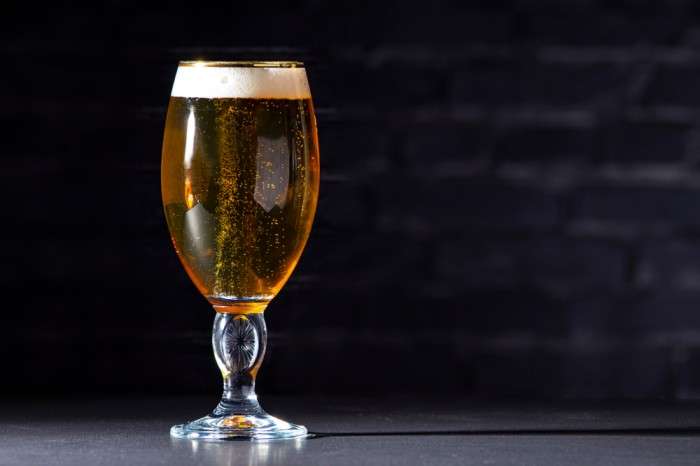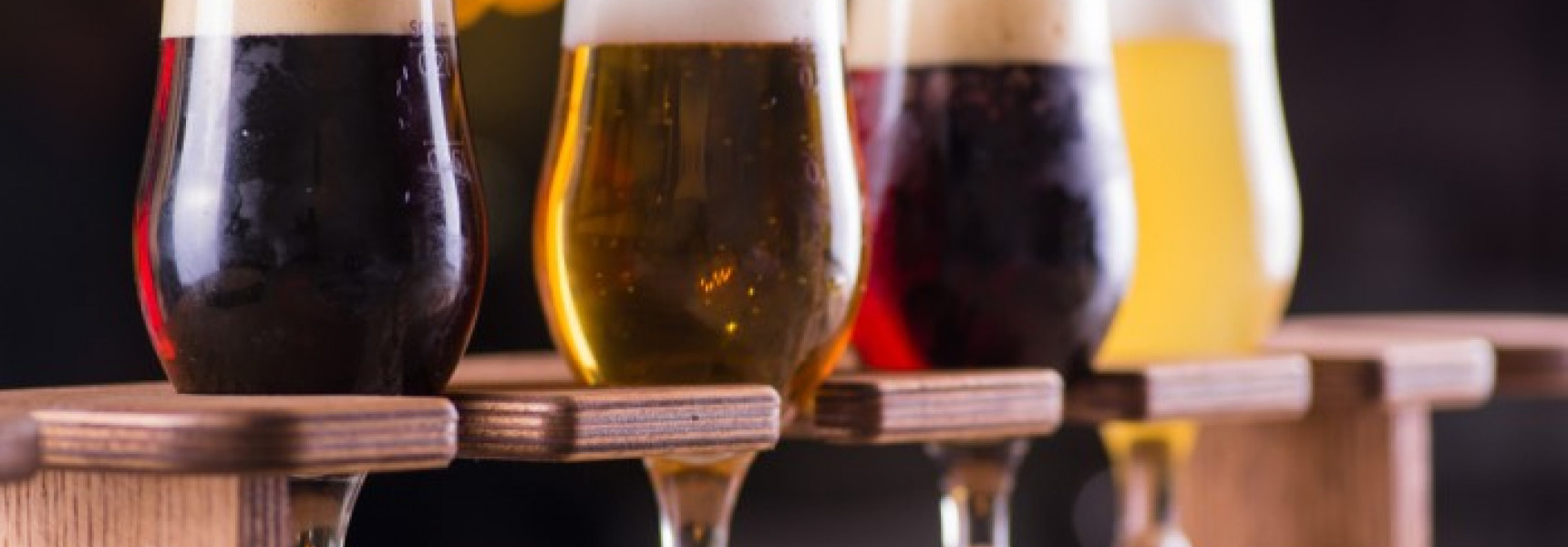Drink Experiences
Brussels
Published: 13 Oct 2023
Beer has long been a part of Belgium's cultural heritage. So much so that in 2016, UNESCO included the country's "beer culture" on the organisation's register of intangible things that contribute to global cultural heritage. This register accounts for traditional arts and crafts and everything from dance and music to religious practices. UNESCO felt that the long history of making, drinking and celebrating beer was an inherent and important part of Belgium's cultural history.
The excavation of Roman sites across Belgium has provided evidence that beer production in the area dates back to at least the 3rd Century AD. Since then a variety of beers have been produced in Belgium, from herbal blends in the Middle Ages through to the famous Belgian white beer.
The role monasteries play in amazing Belgian beer
Traditionally monasteries in Belgium mostly brewed beer for their own consumption. However, during the 19th Century, Trappist monks in Chimay ventured into the realms of commercial beer production, which was hugely successful. This gave rise to a number of other monastic ventures into large scale brewing and a range of popular Trappist beers. Only those produced specifically in Trappist monasteries can use the naming convention of "Trappist beers". This is a tightly held classification. To count, the brewing must take place within a monastery, and the monks there must have a role in the process. Most importantly the profits from sales must be used to support the upkeep of the monastery or relevant social or charitable endeavours carried out by the monks.
There are in fact only twelve monasteries in the world known to qualify based on these criteria. Excitingly six of these are in Belgium. Whether you are visiting Brussels or venturing further afield in Belgium, some will be within easy reach. This means that you can take a fascinating tour of Trappist monasteries to see their modern-day brewing processes. The link between different Trappist beers is based purely on their origin, and not the style or taste of the beer itself. This means that you could taste all of the Belgian Trappist beers and find each of them to be unique. Chimay Trappist monks still make a range of beers, comprising two dark beers (Red Label and Blue Label) and two blonde beers (White Label and Gold Cap). Elsewhere you can find a beautiful amber Trappist beer in Orval and three dark beers in Rochefort. Of these, the strongest is 11.3% ABV, so it packs quite a punch!

What other beers is Belgium famous for?
The Trappist breweries do only account for a small proportion of the beer brewed in the country. The most commonly produced and drunk are the Pilsners, which are also known as pils or pale lager. Of these the most well-known globally is probably Stella Artois, which has its origins in Leuven, dating back to 1926. The beer's high alcohol content meant that in some countries it gained an unfavourable reputation associated with binge drinking, but the brand has sought to carefully position itself as a luxury imported beer in the US and other international markets. In Belgium, Stella Artois and other pilsners such as Jupiler and Cristal are not considered to be particularly special or distinctive beers.
Elsewhere the white beers (or wheat beers) have seen a rise in popularity. This type of beer was common in the Middle Ages and is thought to have originated in the Flemish regions of Belgium. The beers are produced using a mix of barley and wheat, and back in the Middle ages were flavoured with herbs. A common mixture of herbs and citrus was called gruit, although this has now been supplemented with the more recent addition of hops. One of the best-known wheat beers, and arguably the brand responsible for a revival in fortunes for white beers is Hoegaarden. In the 1950s, the last brewery specialising in wheat beer was closed, but in 1966 a farmer living in the village of Hoegaarden sought to reinvent the beer. This new brand, named for the village it was produced in, became hugely successful and popular. It remains one of the most popular Belgian beers available today.

A guide to wheat beers in Brussels and Belgium
Wheat beers are generally considered to be light and refreshing, although they can still be quite strong in terms of their ABV level. Popular during summer months, they tend to have sweeter overtones than other types of beer because of the botanicals used in the herb mixture, but also from the wheat. In recent times, brewers have been making fruit flavoured wheat beers. One of the most popular is the Fruli brand, which uses strawberries to add a fresh, fruity flavour.
Sampling Flemish beers in Brussels
Brussels lies near the Southern edge of Flanders, the Flemish region of Belgium. There are several types of ale that are specific to Flanders, which you will be able to sample whilst visiting Brussels. Flanders red ale has a distinctive red-brown colour and an acidic taste. This comes down to the way the malt is roasted, and the specific blends of yeast and bacterial culture used in fermentation. It is matured in oak casks and has an acidic, fruity taste. Similar beers such as Petrus are known as Flemish sour brown ale. Finally, the Flemish region also produces traditional brown ales, which are less sour and less strong than the other ales typically produced in the region.
The best amber ales in Belgium
Amber ales are similar to pale ales, although they generally use less hops. Because they were often based on British styles of beer, they grew in popularity during World War I. The British soldiers stationed in the country saw the appeal of a beer that was familiar, and a booming market in amber ales began. One of the most distinctive and well recognised of the amber ales is Walloon amber, which is popular with many beer connoisseurs. If you want to find out more about tasting traditional amber ales, and finding out how they are made - tabl.com can offer an amazing selection of beer tours in Belgium. Whether you know a lot about beer, or you are an enthusiastic amateur, there are plenty of tours on offer to suit all tastes.
Traditional Belgium Food
Did you know that traditional Belgian food can be found at some of the best Michelin Star Restaurants in the world? Read this article to find out more!
Keep Exploring
Find more amazing tabl. experiences to visit.
